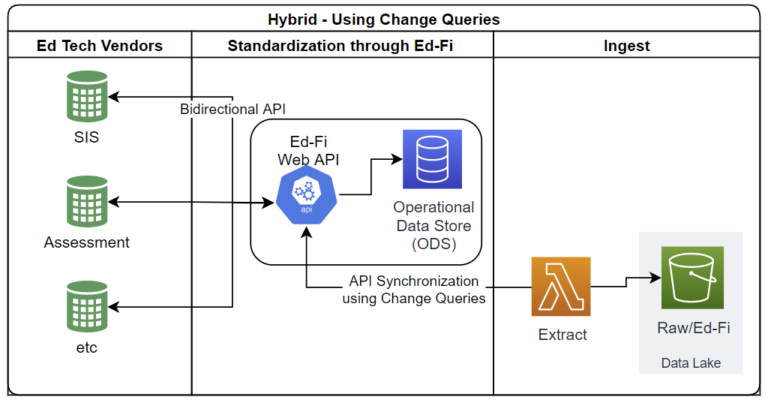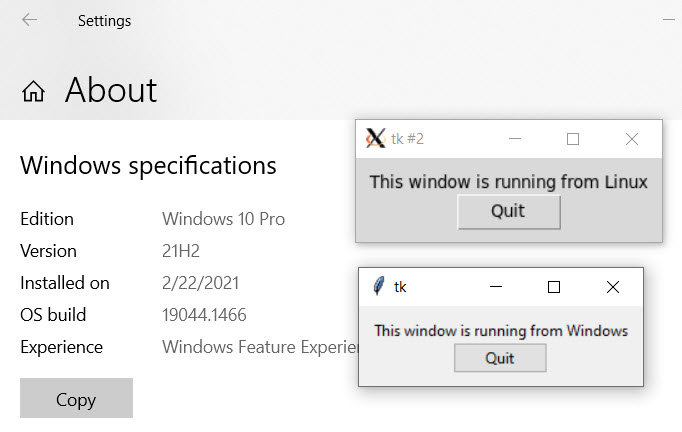‘Ed-Fi is open’: thus the Ed-Fi Alliance announced its transition from a
proprietary license to the open source Apache License, version 2.0, in April,
2020 (FAQ). Moving to an open source license is a clear commitment to
transparency: anyone can see the source code, and the user community knows that
their right to use that code can never be revoked. But this change is about more
than just words: as the list of contributions below demonstrates, embracing open
source is also about participation.
In this second year of #edfiopensource we are asking ourselves – and the
community – what comes next? What can we do, together, to unlock further
innovation and deliver more tools that make use of student data in new,
practical, and transformative ways?
Continue reading on wwww.ed-fi.org...




